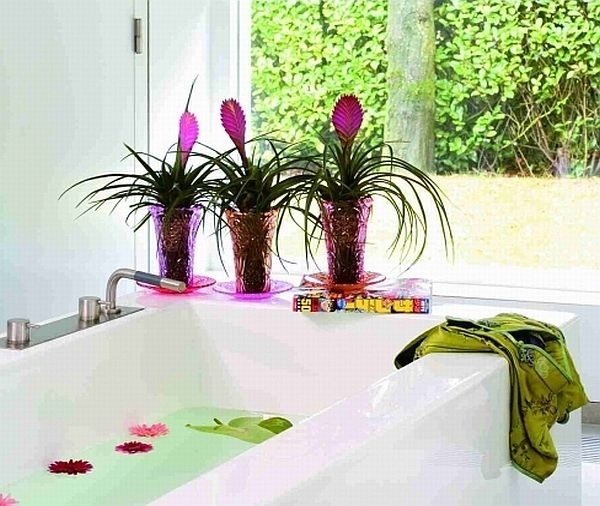 Light is the prerequisite for many biological processes. First of all, the formation of organic substances is dependent on light, for the assimilation of carbon (the process of photosynthesis) takes place with the help of the leafy green using the light energy. The effectiveness of the light on the formation of endogenous substance is determined by the light intensity, the duration of the exposure and the wavelength of the light are determined.
Light is the prerequisite for many biological processes. First of all, the formation of organic substances is dependent on light, for the assimilation of carbon (the process of photosynthesis) takes place with the help of the leafy green using the light energy. The effectiveness of the light on the formation of endogenous substance is determined by the light intensity, the duration of the exposure and the wavelength of the light are determined.
The shoot growth depends on the incidence of light; the light falls on one side of the plant, then it does not grow vertically upwards, but according to the direction of the light. This behavior of the plants or parts of plants is referred to as "light responsiveness". (Heliotropismus). We can observe the effects of one-sided incidence of light on plants, standing at some distance from the window in the room. The best-known example of the ability to move with light are the leaves of the lucky clover (Oxalis deppei Lodd.), who will turn to the light again in a few hours, if you have changed the position of the plant in relation to the incidence of light for any reason.
In general, light has an inhibiting effect on growth in length. The plant reacts to ample exposure by short, stocky growth, small leaves with firm tissue and intense coloring of foliage and flowers. Are plants being kept too dark in relation to their natural need for light?, then make them long, thin and soft shoots; they "forget".
The light requirement of the plant species is – according to their natural environment – quite different and also fluctuates in numerous species during their developmental course. It is lower during the rest period, in the growth- and flowering time the highest.
Among indoor plants there are species, who always claim full light, like this e.g. B. This is the case with succulents from tropical arid regions. other plants, such as window leaf or ivy, They do require a lot of light and only thrive when the light is evenly distributed, However, they do not tolerate direct sunlight in the summer months. Others again, which grow in the shade at their native location, should also be in the room in a place with subdued light. These light-sensitive plants include. B. tropical farne, Begonias and African Violets.